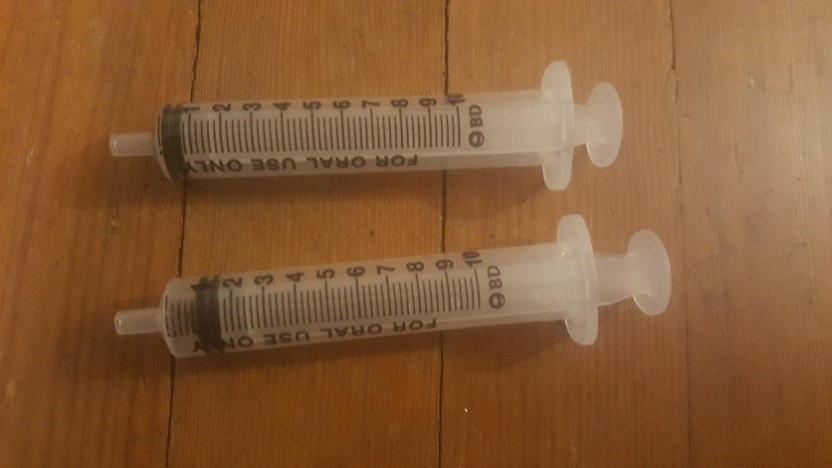Lesson Plan
This is a brief lesson plan for teachers to borrow from. Lesson Powerpoints and Worksheets are provided here as well. The intended audience for this lesson is grade 11 or 12 in the British Columbian Curriculum.
Short Prep:
For every 2-3 students pass around out the class handout, the BD syringes, and a small bowl of water. Make sure the Heron’s fountain is concealed until the section about Heron’s Fountain at the end.
General Introduction of Hydraulics and Pneumatics:
Given that students should be able to apply the ideas they learn in the lesson to everyday technology surrounding them, the examples that I gave to introduce hydraulics and pneumatics was with hydraulic powered cranes and pressure breaks on buses. These are very common place in Vancouver, giving a great reference point to the students.
Introduction of Boyle’s Law (approx. 8 minutes):

As active engagement of the students will help embody what they learn, before introducing Boyle’s law or any associated equations invite the students to investigate. Using Investigation 1 as their reference point, ask them to play around with the syringes. Make subtle suggestions such as plugging the end of the syringe with their fingers.
Once they have had a couple of minutes introduce the official definition of Boyle’s law, and move on to investigation 2. This is where the mathematical comprehension of inverse relations will be invited.
Kinetic Theory of Gases (approx. 12 minutes):
There
are two ways of studying gases, either on a macroscopic and
microscopic level. The previous activity in the lesson would be on
the macroscopic level, so to study the microscopic level, encourage
the students to consider a thought experiment. The thought experiment
is to imagine that the air molecules in the air around the classroom
or in the syringe are like small balls inside a box, moving with
constant random motion, colliding with one another as well as the
walls of the container. Explain that the molecules randomly hitting
the wall applies a force on the wall which will lead to the equation
. Investigation 3 and 4
will help to show students that the area in the equation refers to
the area where the force is applied.
Incompressibility of Water (approx. 5 minutes):
For this section have the students repeat Investigation 1, but by filling the syringes water from the bowls passed out during prep. Make sure they only have water inside the syringes. After the exchange of observations with the class, a visual representation of different states of matter will help to solidify their observations, without going into too much detail.
Finale! Heron’s Fountain:
Bring the Heron’s Fountain and have them circle around the apparatus. Invite them to try to apply what they have just learned to predict what will happen if water is poured into reservoir A. Invoke the Law of Conservation of energy to ask them where the energy is coming from and subsequently debunk the internet conspiracies that it is free energy! Ask if they have any suggestions for the water to flow faster!
To download the powerpoint click here.
To download the worksheet click here.
I hope you enjoy the lesson... Have a splash!!!